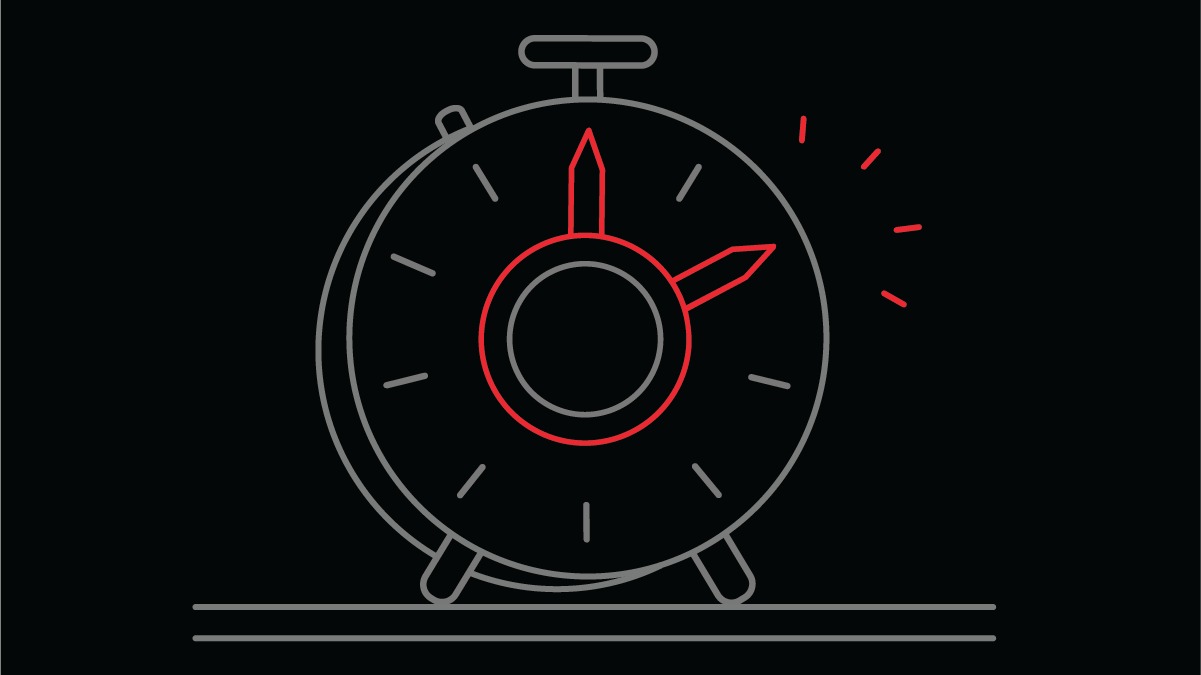Each week, Padilla’s Insights + Strategy team stands at the intersection of people, culture and brands to bring you five stories that you can read in five minutes.
1. Rewarding recycling at The Body Shop
The Body Shop in the UK has launched a new initiative where customers can bring back empty containers in exchange for “incentives.” Why should you care? Consumers want companies to take responsibility for their role in plastic pollution. Offering an option to drop off their used containers at the store is an excellent way to accomplish this not only to guarantee to customers their products will be recycled, but also to increase traffic into the store. In the long run, should The Body Shop move towards a “Loop” model, where containers are refilled rather than tossed, it will be a shorter behavioral leap since their customers will already be accustomed to saving and returning containers to the store. [PSFK]
2. Alexa’s #metoo moment
A study conducted by the UN found that giving digital assistants female personas “fuels damaging stereotypes.” Why should you care? As voice technology and digital assistants become embedded in our lives, it is important to understand the broader psychological and societal impacts of these technologies. The past few years have showed how our implicit biases can be easily transferred to the technologies we build. As the next generation comes of age interacting constantly with these technologies, we need to be sure that their exposure doesn’t train them to think that “women are docile, eager-to-please helpers without any agency, always on hand to help their masters.” For brands expanding to voice and/or digital assistants, the UN recommends creating “genderless” personas to avoid reinforcing stereotypes. [MIT Technology Review]
3. Mona Lisa Deepfake
Researchers have now created an algorithm so powerful it can create a convincing deepfake video from one single still image. Why should you care? On this week’s episode of Dystopian Nightmare or Cool Technology of the Future, we explore deepfakes. This isn’t exactly new, but the technology is advancing rapidly and with that comes both opportunities and risks. On the one hand, the idea that an algorithm could bring the Mona Lisa to life is pretty cool and could have so many fun applications (new type of GIFs, interactive exhibits, better parodies, new cartoons, Elf Yourself 2.0, etc.). At the same time, those creative applications come with a minefield of copyright and libel considerations (not to mention that this is an authoritarian’s dream should they want to show their political opponents convincingly saying anything they’d like). All of this is to say brands should tread lightly and thoughtfully should they consider entering the deepfake space. [Futurism]
4. Amazon’s wearable for emotion
Amazon is reportedly working on its first wearable which will be designed to read emotions. Why should you care? As more and more brands talk about emotional marketing, this feels less like the frontier and more like a race to see who can figure it out first. Because shopping isn’t always inherently rational, understanding and tracking emotional drivers will be a HUGE advantage to whichever company figures it out first. However, brands shouldn’t jump into this without doing consumer research first. Trust (or the lack of it) among American consumers could make this challenging to implement since recent tech backlash suggest consumers may resent it. Brands choosing to use this technology should be transparent about how, when and why they are using it if they want to build lasting credibility. [TechRadar]
5. A bunker of Cheez-Its
Cheez-It recently launched a scavenger hunt in New York City for a bunker filled their new Cheez-It Snap’d line and other paraphernalia. Why should you care? If ever there was a lighthearted bunker, this activation would be it? We’re not sure if we buy their convoluted connection between the real cheese in Cheez-Its to preparing for a cheese shortage by saving Cheez-Its in a bunker, but that’s not important. This stuck out to us simply because it was different. [Vox]
For more insights on communication and brand strategy, industry trends and more, subscribe today to the Weekly Buzz here.
